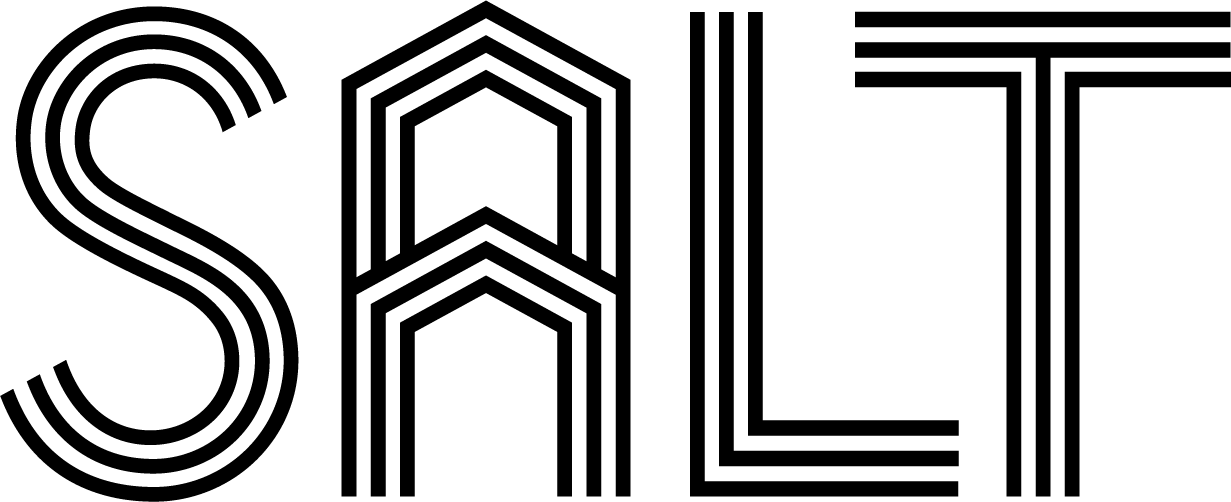MY LIVABLE CITY: INDIGENOUS LAND AND PRESERVATION
SALT team members Adriana Garcîa and Eri Yamagata contributed to the international quarterly urban design magazine, My Livable City. In their essay, they shine a light on indigenous land and the fight for the preservation of their historically significant spaces.
“In the settler’s mind, land was property, real estate, capital or natural resources. But to our people, it was everything: the identity, the connection to our ancestors, the home of our nonhuman kinfolks, our pharmacy, our library, the source of all that sustained us. Our lands were where our responsibility to the world was enacted, sacred ground. It belongs to itself; it was a gift, not a commodity, so it could never be bought or sold.” – Robin Wall Kimmerer


Illustration by Eri Yamagata
“
Restoration planting strategies at Willow Springs consisted of planting largersized native shrubs in small patches throughout the site and broadcasting seeds in between them so that the plants could propagate themselves and disperse throughout the site. Maintenance consists of removing invasive plants such as mustard to allow the native plants to thrive.
The Long Beach Sustainability Office created a stewardship programme called Sustainability Ambassadors, where youth can gain hands on experience maintaining the park. The site provides green jobs training for youth to work with the Native Plant Coordinator to learn about green infrastructure, horticulture, ecological restoration and other sustainable practices.“
You can read the full article here.
The Long Beach Sustainability Office created a stewardship programme called Sustainability Ambassadors, where youth can gain hands on experience maintaining the park. The site provides green jobs training for youth to work with the Native Plant Coordinator to learn about green infrastructure, horticulture, ecological restoration and other sustainable practices.“
You can read the full article here.

Illustration by Eri Yamagata
 Illustration by Eri Yamagata
Illustration by Eri YamagataIn summer 2021, the Youth Council met with California State Parks representatives to demand land sovereignty of the Bowtie including: creating meaningful space for indigenous residents; land acknowledgement; change of park name; collaboration with local indigenous peoples in planning, implementation and land maintenance; education; free access to tribe members; access for local tribal members to harvest native and sacred plants for their practices; amenities for gathering rituals.”
